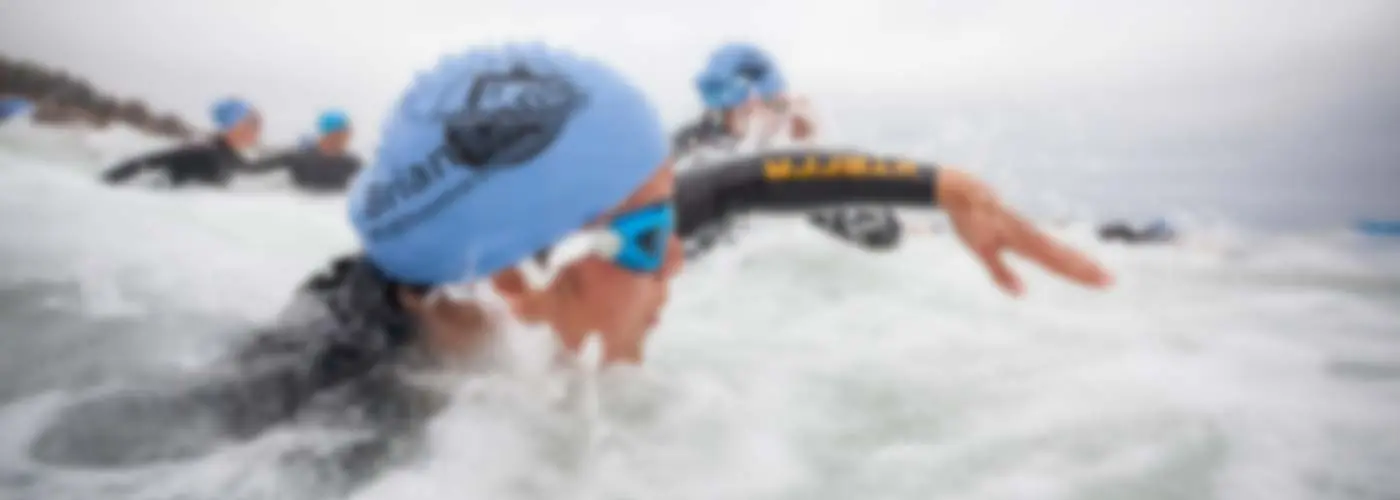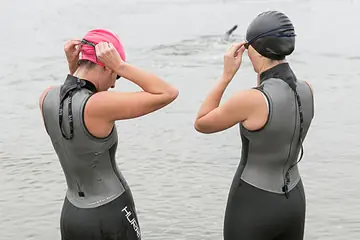
Triathletes train and race hard. Most are driven, Type A personalities that approach everything in their lives with similar passion and vibrato--except recovery.
It's well understood that training breaks down an athlete's body. It invokes a healing response, and once complete, it allows the athlete to come back stronger than before.
What's not always practiced properly, however, is an adequate recovery protocol. Plenty of sleep, good nutrition and proper downtime will help prevent injury and overtraining, but active recovery should be utilized as well.
What is Active Recovery?
Active recovery is generally defined as activity performed at an easy level with the purpose of speeding up the recovery process.
The activity should be completed at an intensity that doesn't induce further damage to the body, but expedites the body's recovery systems instead. Active recovery will promote muscle repair, remove metabolic waste and induce beneficial hormonal responses.
In addition to quicker healing, triathletes can reap additional benefits with active recovery.
Because sessions are performed at lower intensity, focus can be applied to specific skills such as swim form, bike handling and run mechanics. Since the overall duration and speed are reduced, these activities are a great opportunity to include family or new triathletes that may not be able to complete a more intense workout.
Different Activities
Active recovery is also a great way to participate in activities that differ from triathlon. These activities include hiking, yoga, a round of golf, and even sex, which might be one of the best forms of active recovery available.
An appropriate amount of rest and active recovery should always be incorporated into an athlete's training plan. Programs like the TriDot Training System utilize cutting-edge biofeedback, such as heart rate variability, to objectively quantify recovery levels to ensure an athlete is ready to take on additional training stress.
The amount of rest and active recovery should always be proportionate to the amount of duration and intensity an athlete is taking on.
Not only will a proper recovery protocol help produce a triathlete's best performance, it will also help reduce the risk of injury and overtraining and promote a long and fulfilling triathlon career.
Recent Articles:
- 3 Exercises to Train Your Mind
- Mark Allen's Five Triathlon Mistakes to Avoid
- Why Triathletes Should Go Trail Running
Connect with us on Twitter, Facebook, Instagram or Pinterest for more tips, recipes and ideas to fuel your ACTIVE life.
 Put your mental strength to the test. Sign up for a triathlon.
Put your mental strength to the test. Sign up for a triathlon.
About the Author










Discuss This Article